|
In part one of this series, I introduced the following model as a representation of how proficient readers are able to make full use of both the print information and the meaning information in a text. I also described two variations on reading process, which illustrate the ways students may be better at using one or the other source of information.
|
AuthorDr. Jan Burkins is a full-time writer, consultant, and professional development provider. Categories
All
|
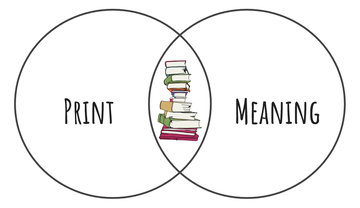
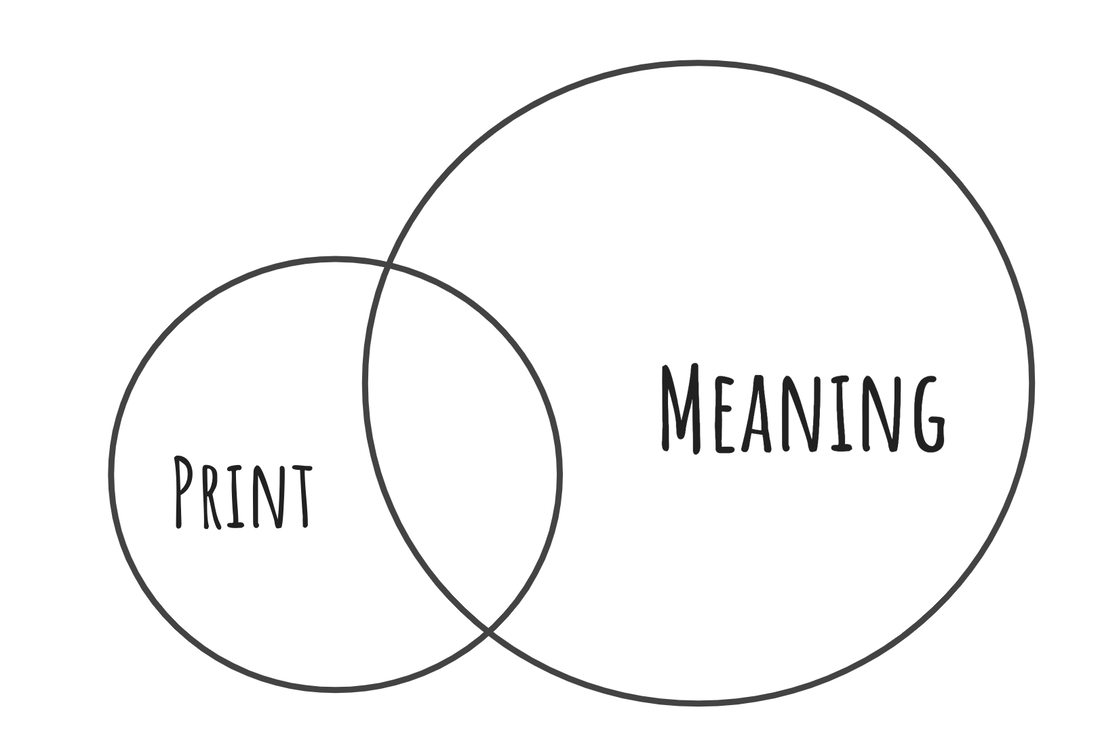
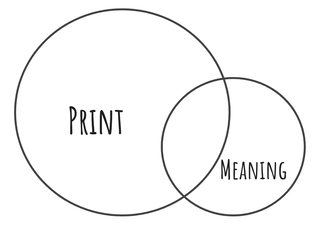
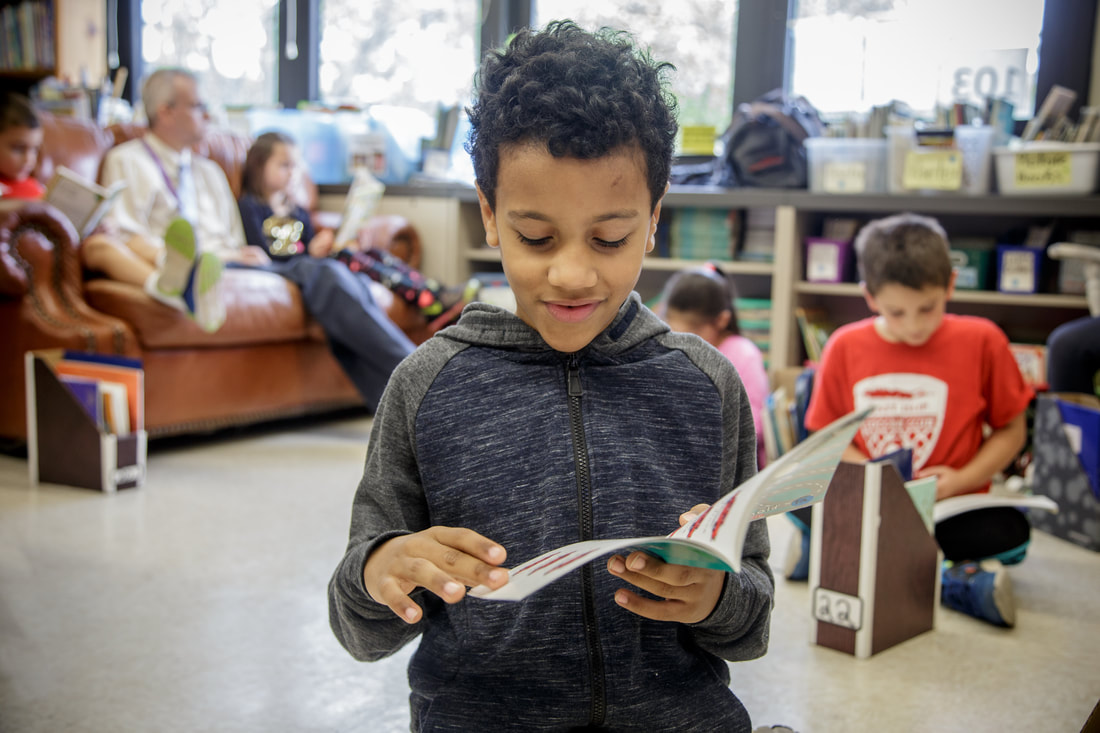
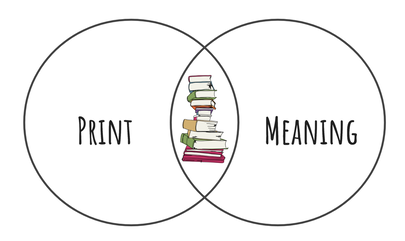
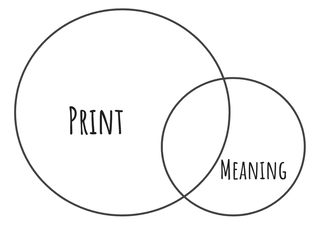
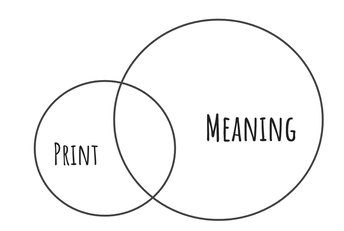
 RSS Feed
RSS Feed